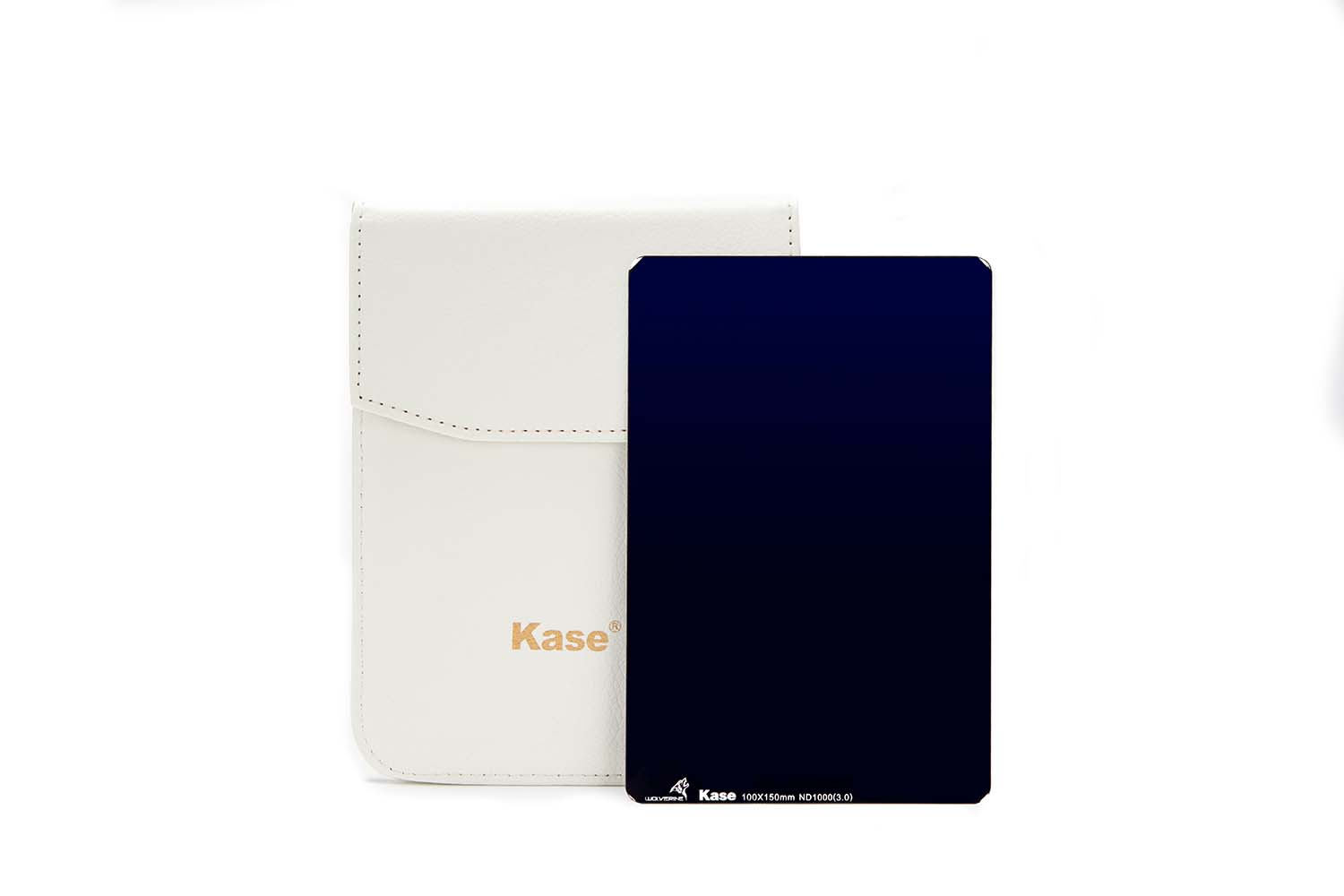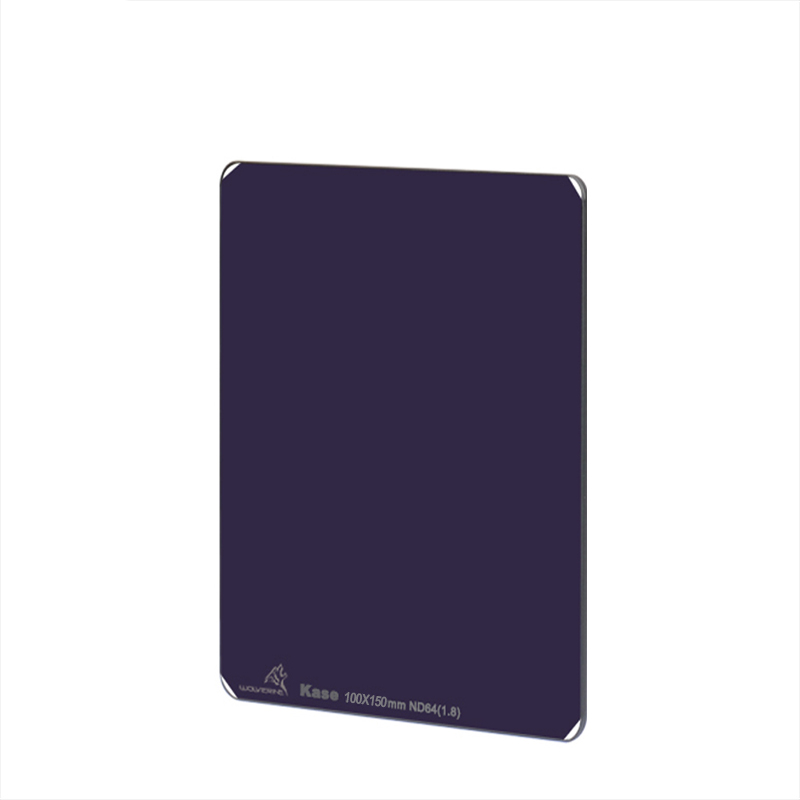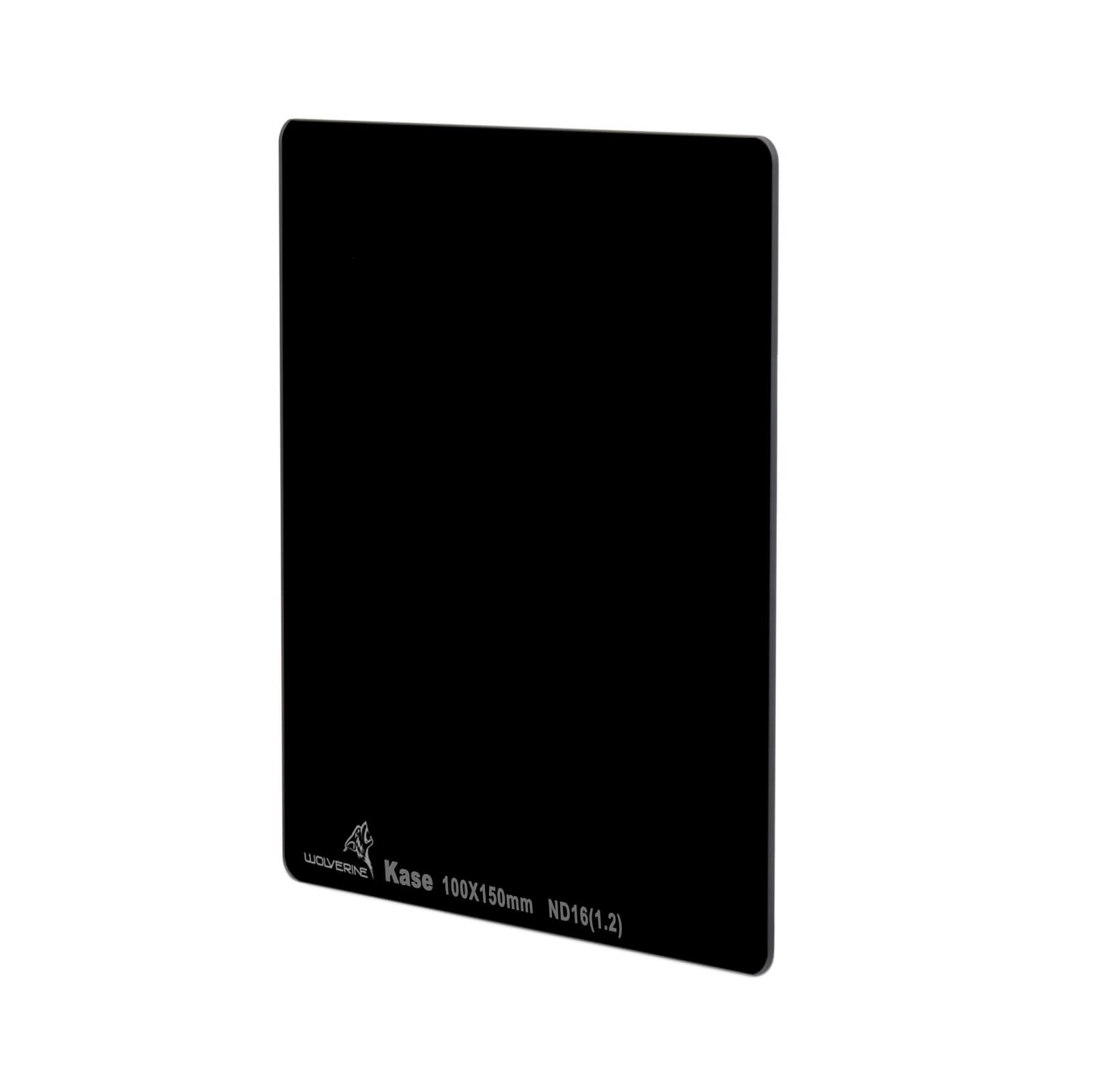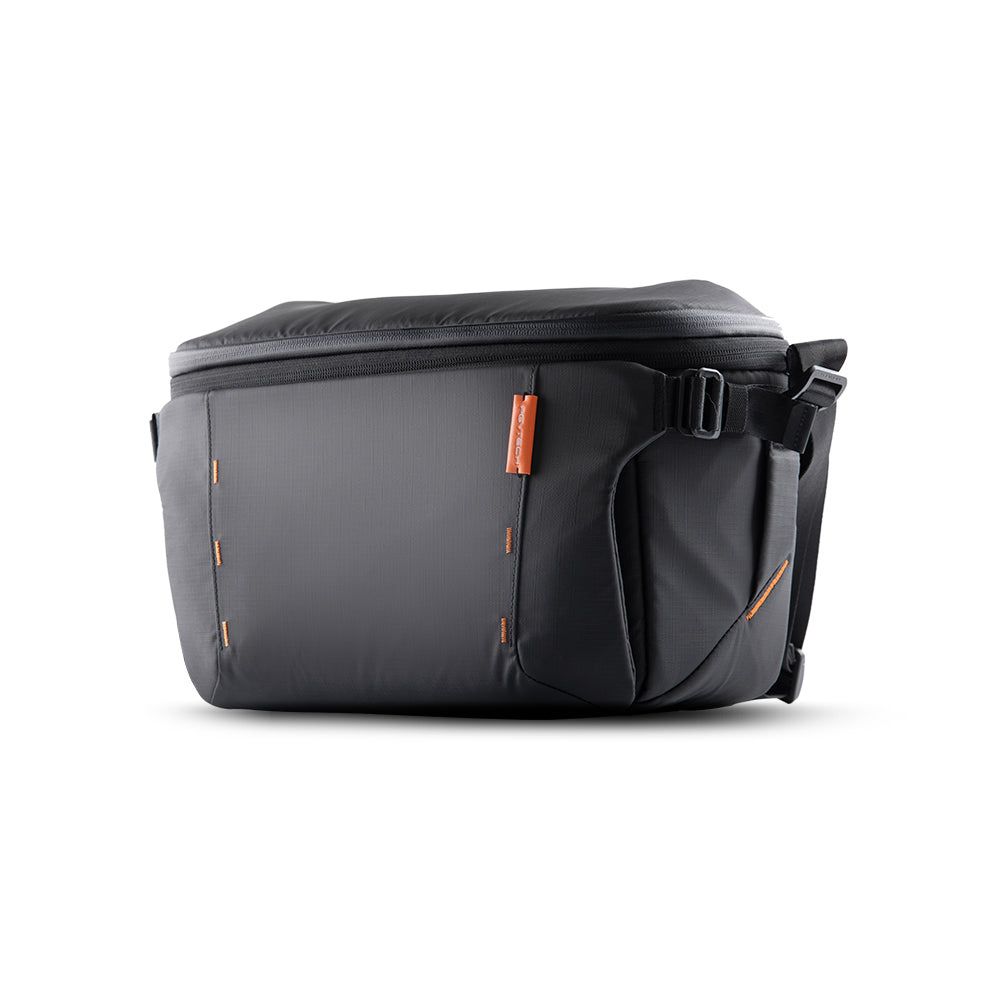
Square & rectangular ND filters for cameras
This category offers a wide selection of rectangular and square ND filters suitable for use with Kase filter holders. Take advantage of these filters to easily capture stunning photos with balanced exposure!
Filter products
In Stock
In Stock
In Stock
In Stock
In Stock
In Stock
Not In Stock
In Stock
Not In Stock
Not In Stock
In Stock
In Stock
Discover the Kase collection of square & rectangular ND filters
Our square neutral density (ND) filters are designed to achieve an even distribution of light across the image, allowing you to capture the perfect shot in various lighting conditions. Whether you shoot landscapes, cityscapes, or portraits, these filters will help you achieve stunning results. With these ND filters, you can easily control the exposure in specific areas of your composition, bringing out the true beauty of your subjects.
Top 5 features of our square ND filters:
- Quality: Our ND filters are made using high-quality optical glass for exceptional performance and durability.
- Wide selection: Choose from a variety of rectangular ND filters to suit your specific needs and creative vision.
- Colour neutrality: Achieve a balanced exposure in your photos without color cast.
- Easy to use: These filters are designed to work seamlessly with our filter holders, ensuring fast and hassle-free use on different camera lenses.
- Easy to clean: Our ND filters have an oil and water-repellent coating and are therefore very easy to clean.
Our square and rectangular ND Filters are specifically designed for use with our Kase filter holders, ensuring a secure fit and optimal performance. If you do not yet have a suitable filter holder for your lens, you can find one in our kits or in the filter holder category.
What accessories do I need for photography with a square or rectangular ND filter?
- Filter holder: Square and rectangular ND filters are mounted in the filter holder to be used on the lens. You can check which filter holder fits your rectangular/square filter in the properties on the product page of your filter.
- Tripod: It is almost impossible for most people to take clear shots without blurs when holding the camera at exposure times of 1/40 seconds or longer, depending on the focal length. Use a tripod to achieve shake-free photos with longer exposure times.
- Remote shutter release: To avoid blurring the image, using a remote shutter release is also a great idea. Even a slight movement when releasing the shutter can cause the image to blur. Alternatively, you can use the camera's self-timer.
Which ND filter is better for me: circular or square?
The choice between circular and square or rectangular ND filters largely depends on your photography style and preferences. Here are some considerations to help you decide:
- If you have a single lens or primarily use lenses with the same filter thread size, circular filters may be the more convenient and cost-effective choice.
- If you want to experiment with multiple filters and achieve creative effects or plan to use filters across different lenses, square ND filters offer versatility and adaptability.
- For landscape photographers who often deal with horizon lines and challenging lighting conditions, square filters, especially graduated ND filters, can be indispensable.
Which ND filter should you buy for your camera?
There are three different grey filter strengths commonly used in photography: ND8, ND64, and ND1000 filters.
- The ND8 filter darkens by 3 f-stops and is used for sunny days and slightly cloudy skies.
- The ND64 filter darkens by 6 f-stops and is used for snowy landscapes on sunny days, reflective water surfaces, or similar.
- The ND1000 filter darkens by 10 f-stops and is mainly used in landscape photography to create blurred clouds and softly depicted water.
To choose the right rectangular neutral density filter for yourself, consider the conditions in which you plan to shoot most frequently. If you need any help, do not hesitate to contact our experts.
More about using ND filters
What does a square ND filter do?
An ND filter or neutral density filter is put in front of the lens to weaken the light falling on the camera sensor. The functional principle can be compared to that of sunglasses. If you look directly at the sun, you are blinded after a short moment and only see white. A camera sensor is comparable to the iris and can also be "dazzled." ND filter makes it possible to have the image with balanced exposure even in bright sunlight.
All ND filters are available in different strengths which vary depending on how much light the photographer wants to allow to pass through the lens onto the camera sensor.
Using rectangular ND filters in landscape and portrait photography
Neutral density (ND) filters are often used in landscape photography when long exposure is advantageous. For example, the filter can be used when shooting rivers, lakes, or waterfalls to achieve the effect of silkily painted water. ND filters are also essential when taking photos in bright daylight conditions when the exposure cannot be long enough without the image being overexposed.
Read more about using ND filters in landscape photography
An ND filter can also be useful in outdoor portrait photography to balance exposure in bright conditions and achieve a shallow depth of field. An ND filter then makes it possible to take more creative and professional-looking portraits.
Read more about taking portraits with ND filters
Can you combine polarising filters and square or rectangular ND filters?
Yes, it's possible to do it depending on the filter holder used. Typically, filter holders carry 1 magnetic polarising filter + 1 or 2 additional square ND filters. To use them together, first mount the polarising filter into the filter holder and then attach the grey filter. It can make sense to combine these filters when photographing water, for example.
Other products you may like
Preorder possible
In Stock
In Stock
In Stock
In Stock
Preorder possible
In Stock
In Stock
In Stock
In Stock

































